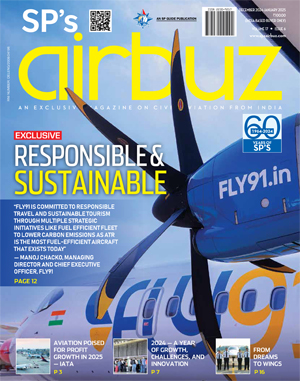Hybrid Flying Car

This roadable aircraft is expected to carry 80 litres of fuel and have a driving range of 1,310 kilometres
It has been designed by American aerospace engineer Burt Rutan and built by his company Scaled Composites. The flying car prototype is a hybrid gasoline-electric roadable aircraft developed by Scaled Composites as part of an internal research and development programme.
The Model 367 BiPod has a wingspan of 31 feet 10 inches. Tuck the removable wings between the pods and the car measures 7 feet 11 inches, so it fits into a one-car garage. The Model 367 BiPod is flown from the right pod and driven from the left.
The Model 367 or BiPod was Rutan’s final design before his retirement in April. During the initial conceptual design studies, the company found that many of their propulsion system characteristics were “well aligned with the drive train needs of a roadable vehicle” and expanded the research programme to include a “flying car” airframe.
The final design is expected to feature a pair of 450cc four stroke engines, one in each pod. Similar to the Chevrolet Volt (and a hybrid electric airplane from Siemens/EADS), the engines will power a pair of generators that power the electric motors. Four 15 kilowatt (20 horsepower) motors will spin the props (not yet installed) in the air, while two 15 kilowatt motors will turn the wheels on the road.
Lithiium-ion batteries in the nose of each pod will provide power during takeoff and an emergency backup for landing. With a cruising speed of 160 kmph, the company says that the BiPod 367 would have a range of 1,200 km. It can do 320 kmph if you’re in a hurry, but that cuts the range to 850 km.





